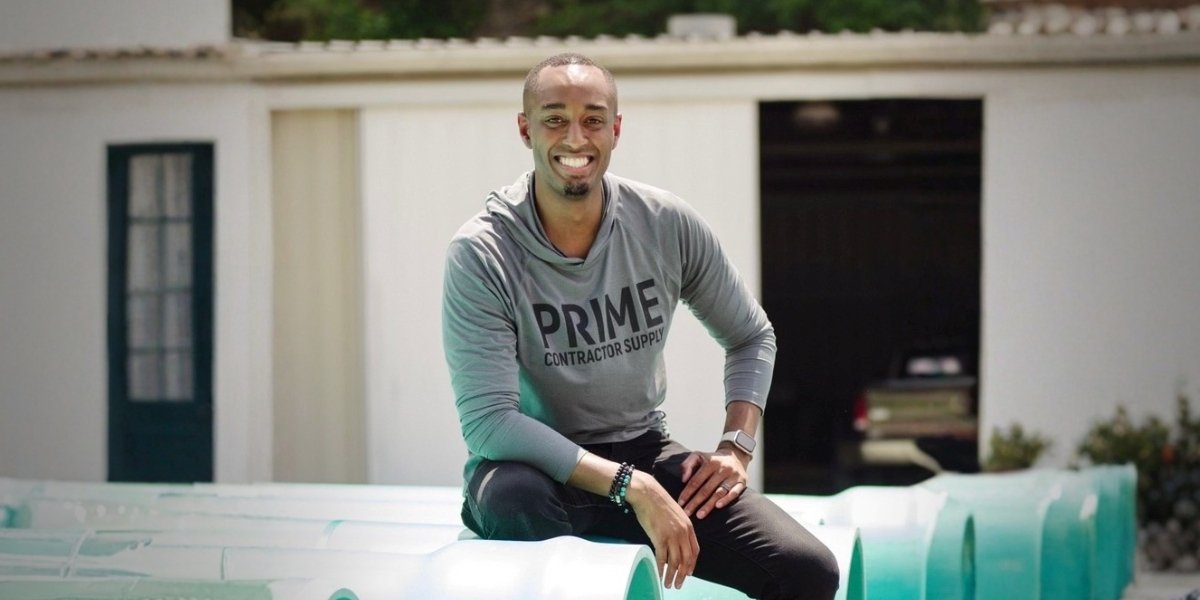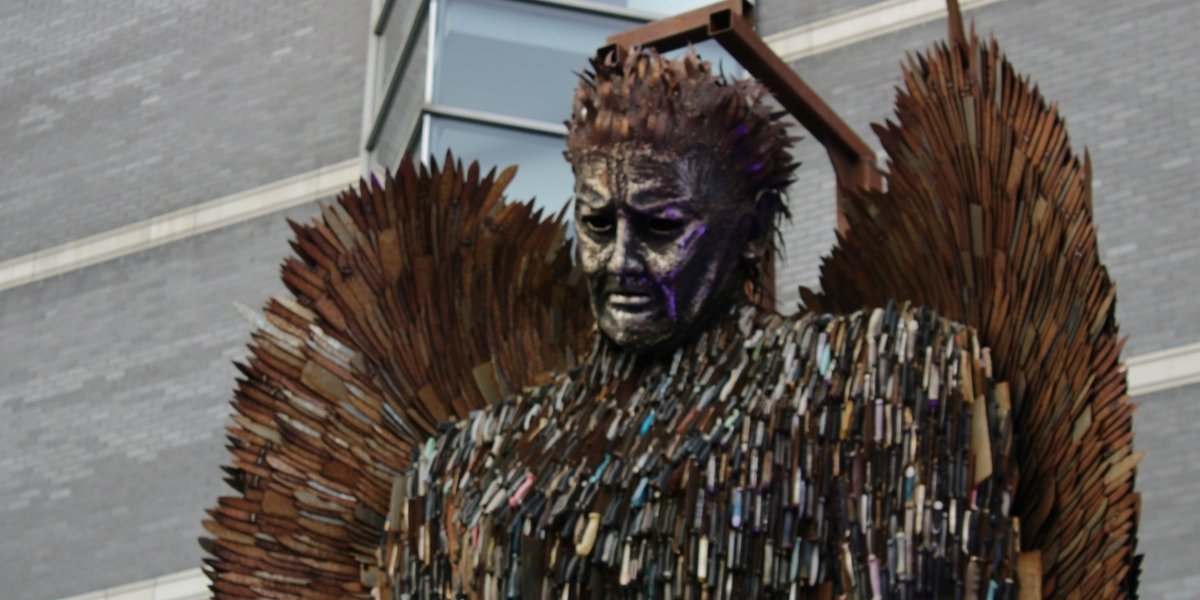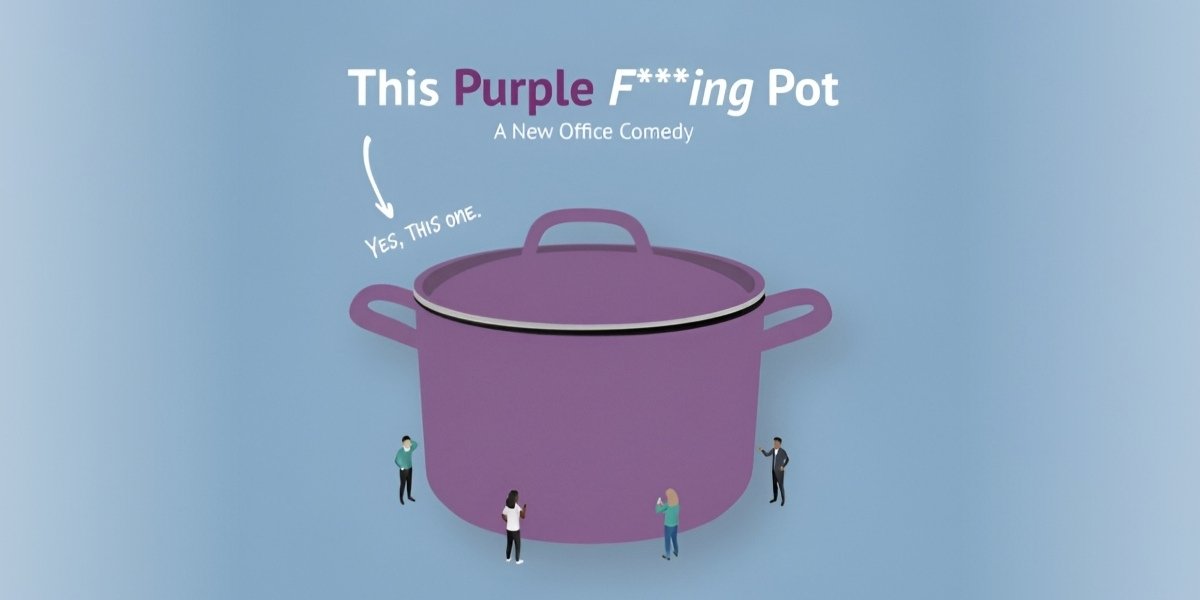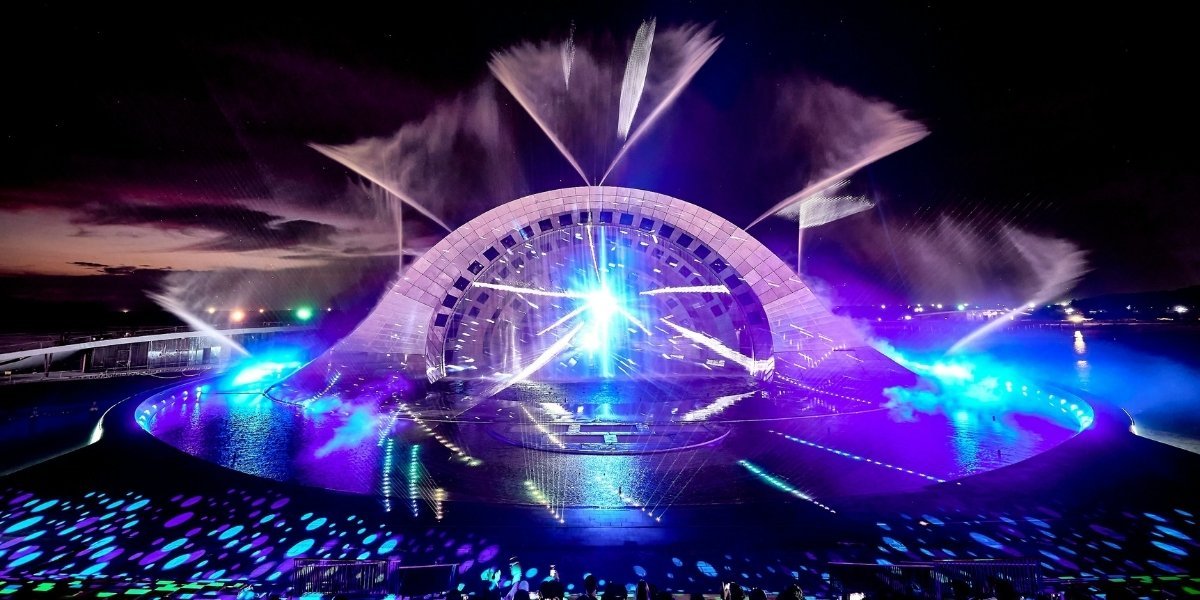George Lucas, the visionary behind Star Wars, is making his mark on Los Angeles beyond the silver screen. With the upcoming opening of the Lucas Museum of Narrative Art, the city is poised to become a global epicenter for visual storytelling. Slated to open its doors in 2026, this monumental museum is expected to reshape how art, film, and media intersect in the world of modern art.
A New Vision for Art and Film in Los Angeles
The Lucas Museum of Narrative Art is more than just another cultural institution—it’s a statement about the evolving nature of art itself. While many art museums have historically focused on fine art, Lucas’s vision is to showcase the importance of narrative in all its forms. This museum will emphasize storytelling in visual media, blending elements of film, painting, animation, and digital art in one groundbreaking space.
For years, Los Angeles has been known as the heart of the film industry, but the opening of this museum signifies a wider embrace of narrative-driven visual arts. The Lucas Museum is a direct response to the changing landscape of art, where film and media aren’t just entertainment—they are legitimate forms of artistic expression.
Why L.A.? The Perfect Home for Narrative Art
Los Angeles has long been the creative capital of the world, hosting everything from A-list film premieres to groundbreaking art installations. But until now, the city’s cultural landscape has been somewhat divided between fine art and entertainment. The Lucas Museum seeks to bridge this gap by positioning L.A. as a hub where visual storytelling—whether through cinema, animation, or digital media—can be recognized alongside traditional forms of art like painting and sculpture.
The museum’s South L.A. location will help revitalize an area rich in cultural history and provide a new space for artists and creators to showcase works that blur the lines between media and art. It’s expected that this project will inspire a new generation of artists to think beyond traditional boundaries and experiment with multimedia storytelling in their work.
What to Expect from the Lucas Museum Experience
The Lucas Museum will feature an array of exhibits designed to celebrate narrative art in its various forms. Expect an impressive collection of film memorabilia, concept art, and interactive installations that invite visitors to engage with the narrative process. One of the highlights will be an exploration of Lucas’s own contributions to visual storytelling, with behind-the-scenes looks at the making of Star Wars, Indiana Jones, and his other cinematic masterpieces.
The museum will spotlight animation, digital art, and visual effects, which are often overlooked in traditional art institutions but are crucial to modern storytelling. As the lines between film, television, and art continue to blur, the Lucas Museum will serve as a bridge between these worlds, positioning storytelling as a central form of artistic expression for the 21st century.
Iconic Art Meets Technology

Photo Credit: Unsplash.com
Lucas’s vision for the museum includes a high-tech, immersive experience for visitors, allowing them to step into the worlds of their favorite films and artworks. With cutting-edge virtual reality (VR) and augmented reality (AR) technologies, the museum will not only present art but will also invite guests to actively engage with it. From interactive exhibits that explore the making of beloved characters to digital installations that allow visitors to create their own visual narratives, the museum is set to be a playground for creators and audiences alike.
This integration of technology into the museum experience is a nod to the way film and digital art have influenced the evolution of visual culture. By embracing these mediums, the Lucas Museum is setting a new standard for how art institutions can engage with contemporary trends.
Cultural Impact: Shifting the Focus to Narrative Art
The opening of the Lucas Museum will have far-reaching implications for both the art and entertainment worlds. Los Angeles, already a global leader in film, design, and interactive media, will solidify its position as the hub of narrative art. This museum will also highlight the increasing importance of storytelling in various artistic disciplines, from fine art to multimedia creations.
It’s no surprise that Lucas, a creator who has fundamentally altered how stories are told through cinema, would be the one to launch such a forward-thinking institution. As narrative-driven art gains recognition and legitimacy in the fine art world, other cities and museums will inevitably follow L.A.’s lead, encouraging artists to merge traditional forms with the latest technological advancements.
As L.A. continues to evolve, the Lucas Museum will undoubtedly play a role in shaping the future of visual arts, bringing together film, art, and culture in ways that have never been done before.
The Future of Narrative Art in Los Angeles
While the Lucas Museum of Narrative Art isn’t set to open until 2026, it has already sparked conversations about what narrative art means in today’s world. With the museum’s innovative approach, L.A. is ready to embrace a new era of artistic innovation, where boundaries between different media forms will continue to blur. The influence of this space will not be confined to its physical walls; it will ripple through the entire art world, encouraging artists and creators to think differently about how they tell stories.
As the museum nears its opening, it will become more than just an attraction for tourists—it will be a creative hub for Los Angeles locals and artists from across the globe. Whether you’re a film buff, a digital artist, or simply someone who loves innovative storytelling, the Lucas Museum will be a must-visit destination for years to come.















